Take a cautious, step-by-step approach
The emotional development - social skills lesson for children with the topic "Naming emotions" organized by Ms. Dam Thi Thu, teacher of class 1, Hoa Mi 2 Kindergarten (Cho Lon ward, Ho Chi Minh City) started with a group singing activity. After that, the children watched a short film made by AI about a conversation between two friends.
After watching the movie, Ms. Dam Thi Thu distributed cards with pictures of people showing happy, sad, angry states, etc. and guided the children on how to recognize emotional expressions. At the end of the lesson, each student used an iPad to scan the QR code to participate in the game under the teacher's guidance.
Ms. Dam Thi Thu said that when applying AI, the lessons become intuitive with many eye-catching images and vivid sounds, helping the classroom atmosphere become more exciting, children are more interested and absorb knowledge better. However, in preschool, outside of school hours, children are taken care of more for their health and nutrition than other levels, so the application of information technology needs to be calculated appropriately.
According to recommendations from health experts, children aged 2-5 should not use electronic devices for more than 1 hour/day. Therefore, teachers need to ensure a balance between technology devices and physical activities, between computer interaction and direct interaction, helping children develop comprehensively in physical, emotional, cognitive and social skills.
Ms. Nguyen Ho Bao Chau, a teacher at Vang Anh Kindergarten (Cho Quan Ward, Ho Chi Minh City), believes that if children are well controlled in their familiarization with electronic devices, it will create a solid foundation of technological skills and knowledge to adapt to learning at higher levels. For example, children aged 3-4 years old are exposed to some simple operations such as turning on and off electronic devices, dragging and dropping the mouse on the screen.
Children of older ages are guided through more complex operations such as: scanning QR codes, clicking on lesson links, selecting answers on the computer screen to answer the teacher's questions. In addition, families and schools need to regularly coordinate and exchange information about the time of use and age-appropriate content that children can access on electronic devices at home.
Spiral development
According to Mr. Tran Quoc Long Xuyen, Head of the 4th grade subject group, Tran Hung Dao Primary School (Cau Ong Lanh Ward, Ho Chi Minh City), many AI utilities can be applied to teaching such as: making films, designing games, building exercise questions, drawing knowledge system diagrams, recording students' work results... Teaching products when applying AI are much more intuitive and vivid than traditional teaching aids such as blackboards and white chalk.
Thanks to that, knowledge is conveyed through lessons more effectively. However, according to him, in order to not overuse AI, teachers need to start from the requirements of each lesson, combine many forms and teaching methods to bring the best reception results for students.
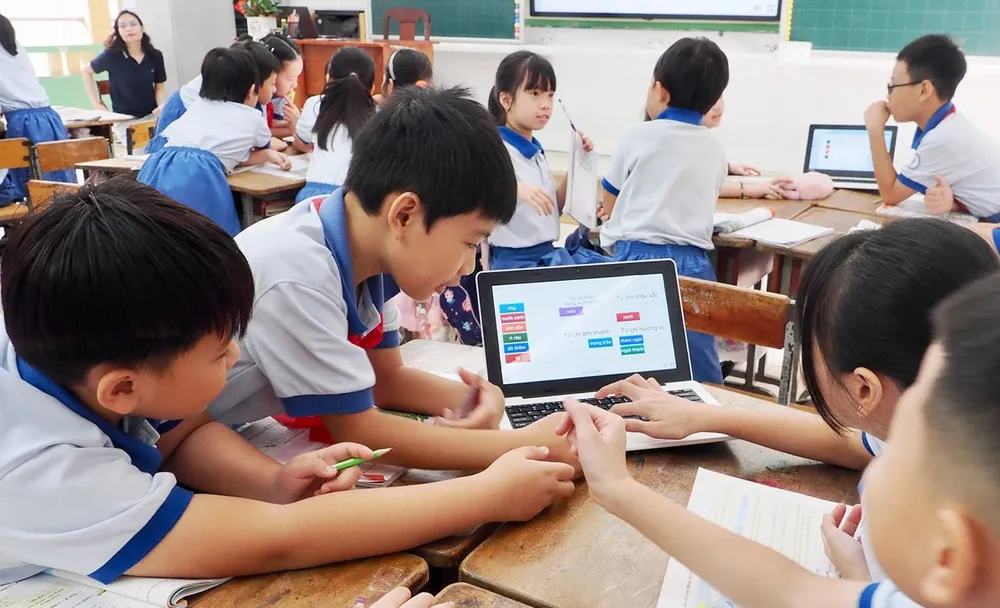
Mr. Long Xuyen informed that currently the general education program is designed in a spiral form. In which, the knowledge and skills are equipped in a broad form at the lower levels at a basic level, and then at the higher levels, each content is developed in depth.
Similarly, with AI applications, at each level and grade, schools will organize for students to access each level, suitable for their cognitive abilities. Specifically, at the primary level, AI is mainly integrated by teachers into games, exercises, and image materials. When going to higher levels, students are guided to manipulate and apply AI themselves to create personal products.
“There should be no debate about the appropriate age to approach AI, but the important issue is the level and content of approach at each age. In the same class, each student's ability to absorb is different, so teachers need to be flexible and choose the appropriate approach for each student,” said Mr. Long Xuyen.
Key investment in 4 universities to enter Asia's top
According to the conclusion report of the Central Steering Committee on Science , Technology, Innovation and Digital Transformation Development, four universities including Hanoi National University, Ho Chi Minh City National University, Danang University and Hanoi University of Science and Technology will receive key investments from now until 2030, aiming to strive to be in the top 150 universities in Asia and have at least one field in the top 100 in the world according to prestigious rankings.
Accordingly, the above 4 universities will receive key investments, serving as models for the university education system with a number of specific goals such as: attracting 50 million USD per year for scientific research, technology development and innovation; each university creates 50 innovative startups, science and technology enterprises per year, of which 10 are successful startups, valued at 200 million USD or more...
In November 2025, four key universities will deploy specific action plans to achieve their ranking goals, urgently propose investment projects in science and technology infrastructure, and focus on strategic technology industries.
THANH HUNG
Virtual assistant in learning and research
In the university environment, according to Professor Tran Linh Thuoc, lecturer at the University of Natural Sciences (VNU-HCM), schools need to develop strategic technology and strategic products in the direction of building interdisciplinary research groups; searching for new applications combining available technology; closely linking with businesses and state management agencies from basic research to commercialization.
From another perspective, Associate Professor Dr. Dam Sao Mai, Vice Principal of Ho Chi Minh City University of Industry, commented: "AI is playing the role of architect for in-depth experience and practice activities at universities."
The philosophy of “learning by doing” has been thoroughly realized through Digital Twin technology and AI-based virtual labs. With the cooperation of data and processes from businesses, universities can build virtual factories, virtual logistics centers, virtual financial systems, etc. From there, engineering students can practice in virtual assembly plants, program robots and optimize production lines.
Similarly, agriculture students can manage virtual smart farms, use AI to control irrigation systems, and forecast pest situations. Cybersecurity students can practice in AI-controlled attack and defense environments, facing the most sophisticated scenarios...
The cooperation model between universities and businesses, with the help of high-tech platforms, will significantly shorten the gap between theory and practice, helping students gain work experience while still in school.
Open investment cooperation opportunities
Many universities and businesses have quickly joined cooperation programs to develop and apply AI, aiming for both short-term and strategic benefits.
The University of Technology (VNU-HCM) and VNPT Group have just signed a strategic cooperation agreement to promote research and development of core technologies. Prof. Dr. Mai Thanh Phong, Rector of the University of Technology, said that this cooperation aims to implement two major policies of the Politburo: Resolution 57-NQ/TW on breakthroughs in science and technology development, innovation, national digital transformation and Resolution 71-NQ/TW on breakthroughs in education and training development. Accordingly, the two sides focus on research, development, and application of new technologies, especially core technologies in the fields of AI, semiconductor microchips, chips, etc. Through the school-enterprise linkage, students are given the opportunity to access real-life working environments when interning and working at enterprises.
Recently, the Faculty of Information Technology, University of Science (VNU-HCM) inaugurated the Information Security Laboratory and the Intelligent Systems Laboratory. The two laboratories were invested by VNU-HCM in the 2020-2025 period with a total budget of 70 billion VND, of which nearly 60% is for the NVIDIA DGX Station supercomputer category.
This is the first unit in the Ho Chi Minh City National University system to operate a supercomputer - a high-performance computing platform serving in-depth research on AI and machine learning. In addition, the smart laboratory system is equipped with many modern devices such as dedicated servers, virtual reality and augmented reality research tools, human-machine interaction technology, IoT devices, drones and specialized equipment for the field of information security.
This synchronization helps the Faculty of Information Technology deploy pioneering research directions, while promoting the application and transfer of technology into practice.
HUNG THANH
Source: https://www.sggp.org.vn/day-manh-ung-dung-ai-trong-giao-duc-va-dao-tao-bai-2-tam-the-buoc-vao-ky-nguyen-ai-post819420.html



![[Photo] Prime Minister Pham Minh Chinh chairs meeting on railway projects](https://vphoto.vietnam.vn/thumb/1200x675/vietnam/resource/IMAGE/2025/10/23/1761206277171_dsc-9703-jpg.webp)






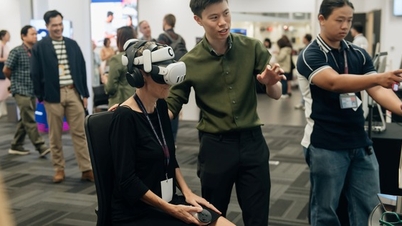



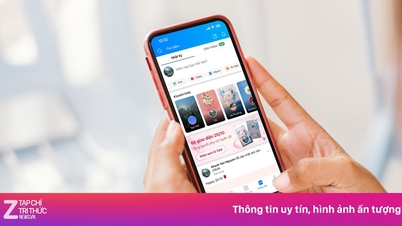

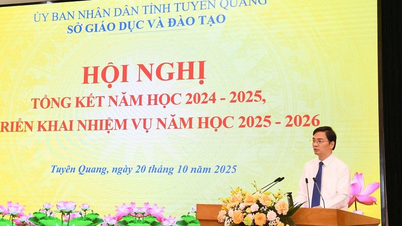

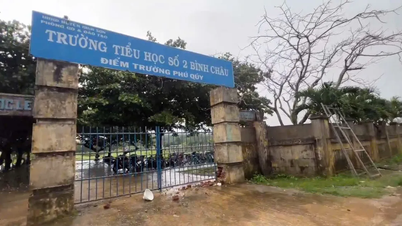
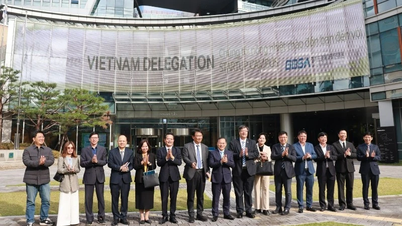

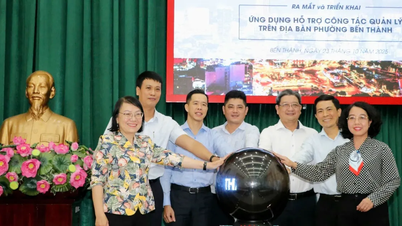
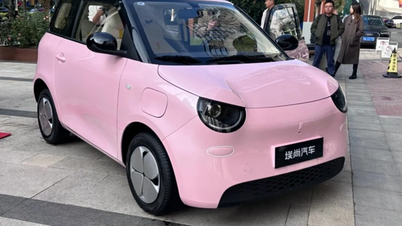

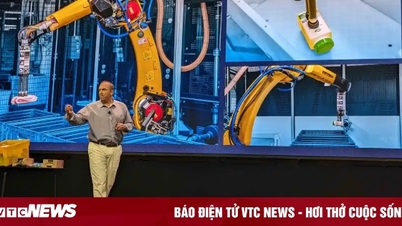

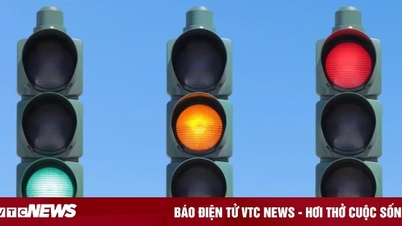






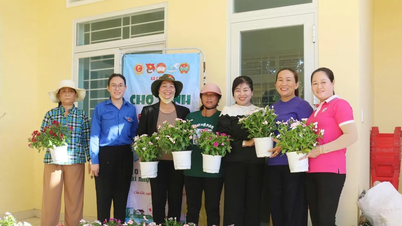
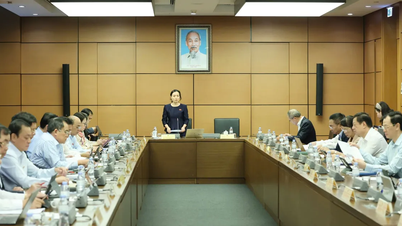
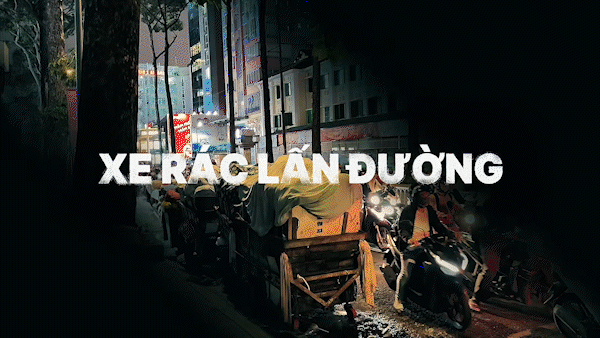
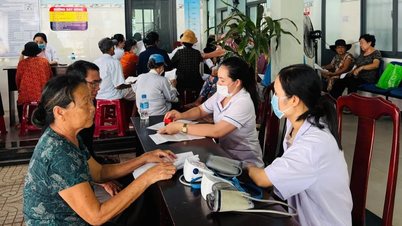

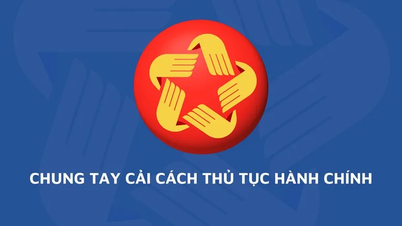











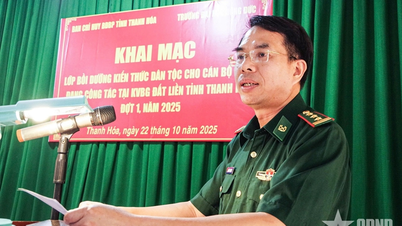



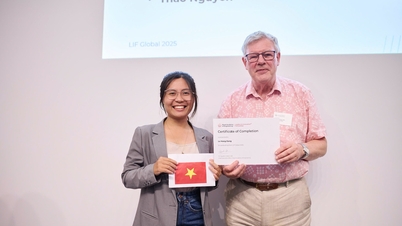



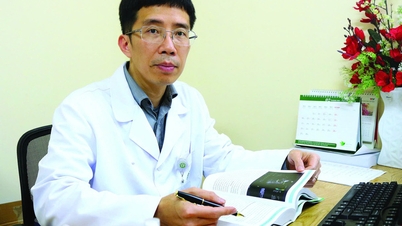
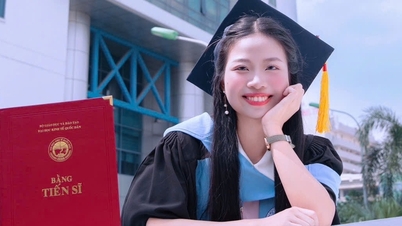

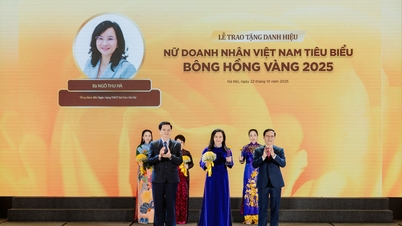

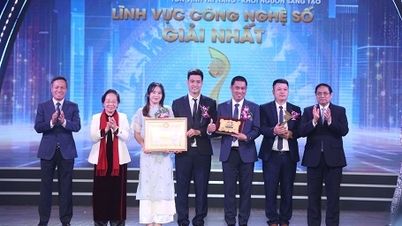
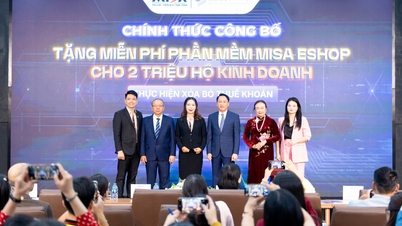

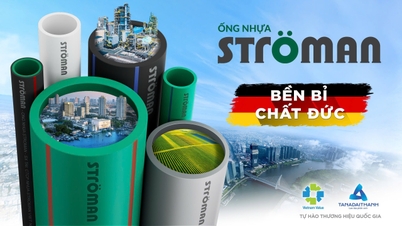
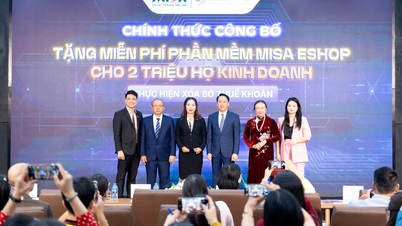








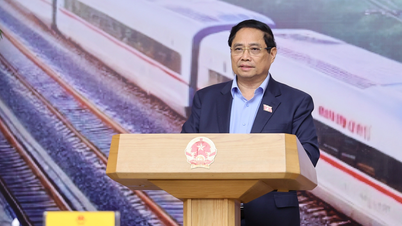






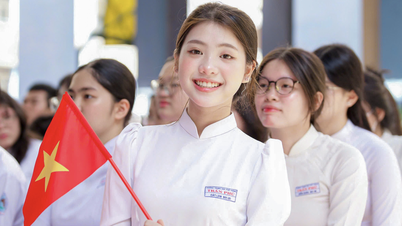
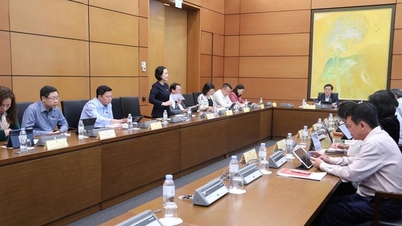

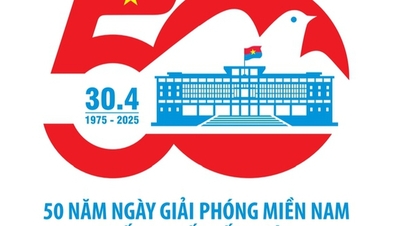
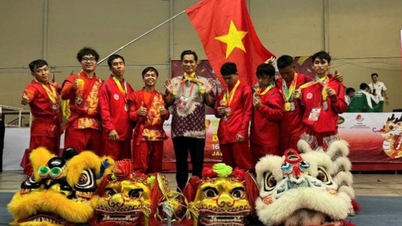
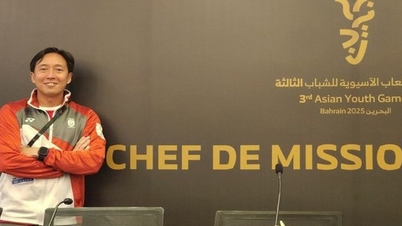
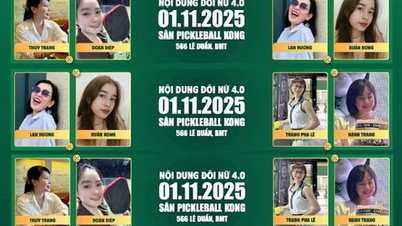
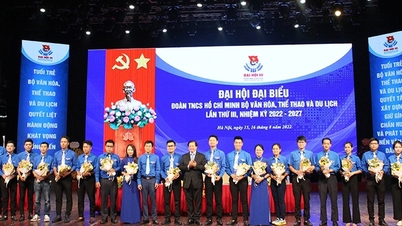


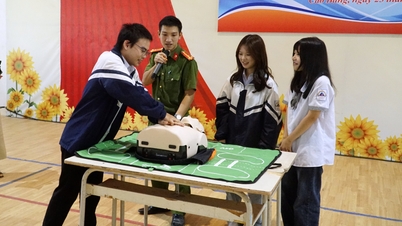

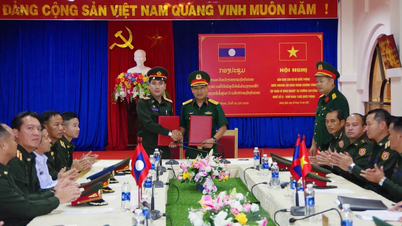

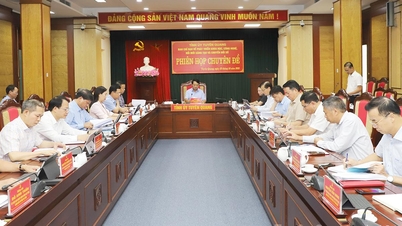

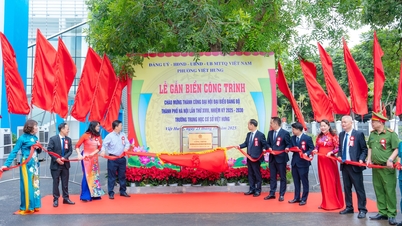
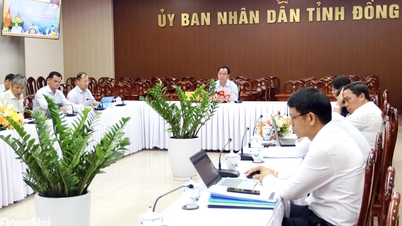















Comment (0)